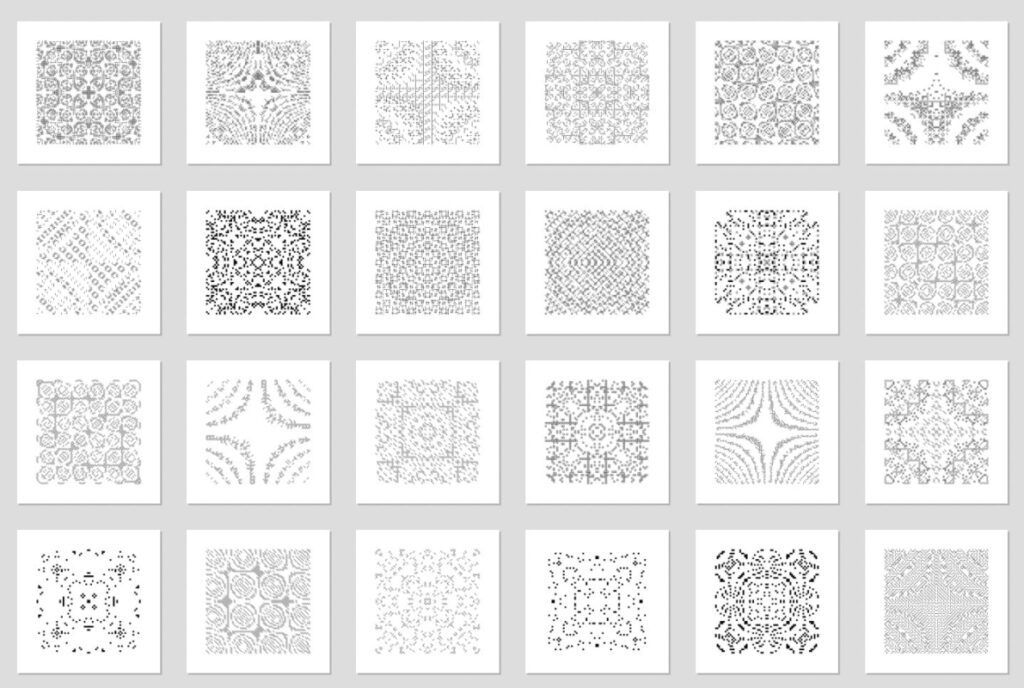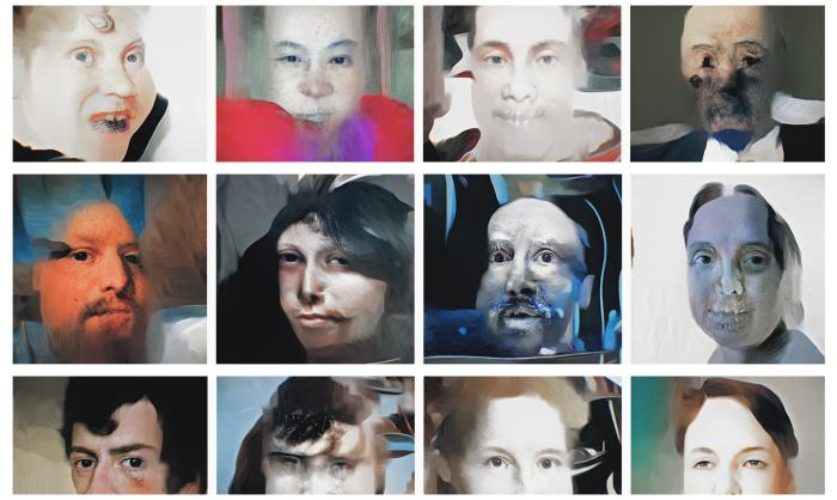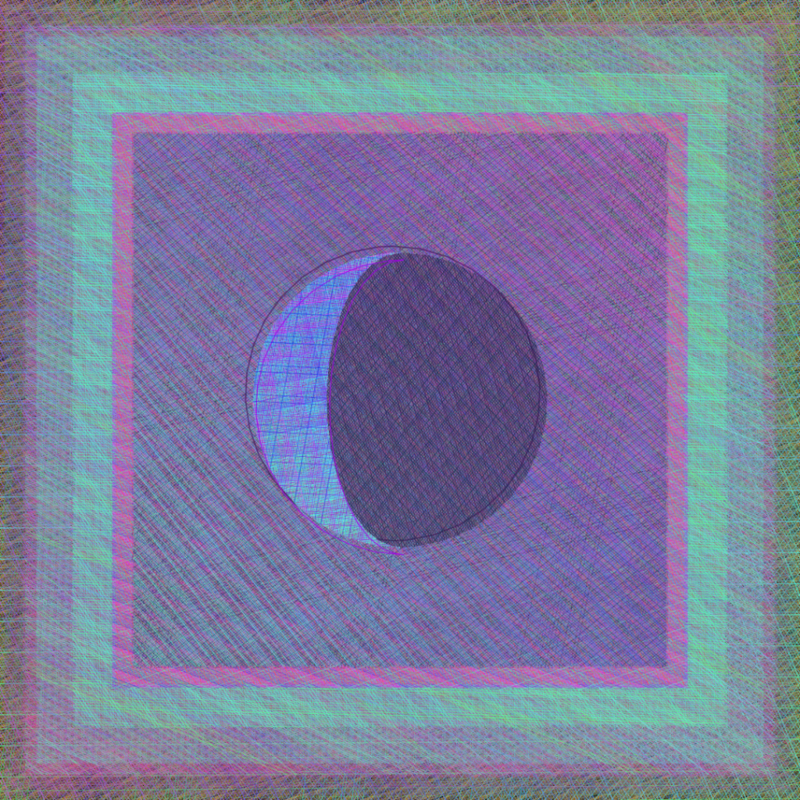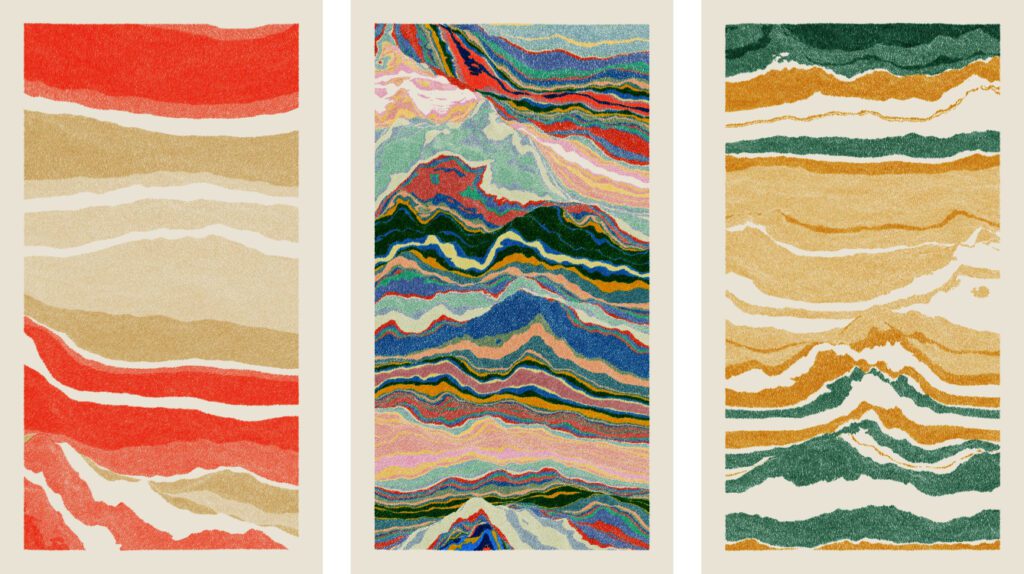Since 2020, NFTs have been taking over the internet, with the most prominent creators and artists making millions of profit. Initially, much of the digital artwork sold was standard fare: eccentric photography, paintings done with an iPad, or digital processes and renditions of well-known artworks. But then, a new form of digital artists had emerged and began producing art bound much closer to the digital world.
From this new nest of artists came a group that seized on a new format that had been overlooked for far too long and finally found its place in the art industry with NFTs: Generative Art.
If you are new to this concept or are already familiar with it but want to know more about how this form of art has taken over the internet, you have come to the right place. We will take a closer look at Generative Art and its way to the top.
What is Generative Art
Generative art comes from algorithms programmed to specific parameters by artists familiar with software engineering. The creator determines the general process (like what colors and geometric shapes should be used), then feed into the algorithm random quantities and check whatever comes out from the generative artwork.
Generative NFT art follows the same process and includes additional components of randomness related to how its blockchain works (their smart contracts and minting). But generative art NFT projects took advantage of this new form of making art, allowing creators to produce thousands of NFT collections, each being unique.
Unlike profile picture collections (PFP) like CryptoPunks or Bored Apes, they have been appreciated even by the art establishment, as they saw a way to finally make use of generative and algorithmic art that resembled the ones back in the 60s. Many have already been featured in galleries.
How Generative Art Work

Generative art NFTs use the blockchain-defining feature, which is smart contracts. These pieces of code execute themselves when certain external conditions are met. It makes them perfect for the development of randomized and generative computer art.
Sending crypto to a smart contract activates it, resulting in generative art credited to the wallet of whoever activated it. Buyers don’t know what their chosen work will look like until the very moment of the purchase when the code is activated. Once the purchase is made, the smart contract feeds the string of digits into the algorithm, creating something unique and surprising.
Software Used to Create Generative Art
As the industry has been growing over the last years, many people took the initiative to provide NFT enthusiasts with new tools and resources, which ended up being used by future NFT creators.
Although the process depends on the functionality and complexity of the concept, there are several popular tools used by generative artists:
- CanvasSketch: A javascript framework well-regarded for generative art NFT.
- C4: An iOS framework that is open source.
- OpenFrameworks: An open-source C++ tool for generative art NFT projects.
- Cinder: A cross-platform, open-source C++ library for creative coding.
- Unity: A cross-platform engine that can be used for creative coding.
Most programming languages can be used for generative art. Many NFT creators prefer to use JavaScript and the p5.js creative coding library. Also, many online communities (like the “Generative Art Reddit“) have been formed to discuss and propose additional tools that can be added to help artists with their generative art NFTs.
Beyond coding, there are popular resources that employ artificial intelligence or an autonomous system to generate art, with some great examples being:
- Dall-E : generator obrazów stworzony przez OpenAI i obsługiwany przez sztuczną inteligencję, która wykorzystuje podpowiedzi tekstowe do generowania obrazów.
- Midjourney: A self-funded research lab that allows the creation of images from text-based descriptions.
- Async Art: A popular tool for musicians and artists who want to create generative art on the Ethereum blockchain network without the use of code. It allows people to upload assets, set rarity percentages, and create generative NFTs all in one place.
Read more about : how to use an nft generator
Popular Generative Art NFTs Collections
Before the term generative art started to generate some debate, the art world became very exclusive, with a high-border entry for newcomers due to the necessary knowledge and investment required. Once generative art started to take a better form with NFTs, it opened such a market and enabled inclusion for people outside the scene, as it requires less investment than traditional art.
Also, big names inside the art industry recognized this new media art and started curating NFTs auctions. Yet, a question remains unanswered as the blockchain paradigm of “no intermediaries” needs to be resolved in the future.
While that is being discussed, many digital artists started their careers with generative art with great results. Let’s look at some of the best cases that are still held to this day.
Fidenza

The Texan Tyler Hobbs is a visual artist who developed custom algorithms to generate visual imagery. His largest collection is “Fidenza,” which produces unpredictable and organic curves, with rarity defined by the mix of different-sized elements.
AutoGlyphs

Larva Labs, creators of CryptoPunks (one of the most popular NFT collections), released “AutoGlyphs” in 2019.
It is an experiment in generative art created by code running over the Ethereum network. By donating a “creation fee” to Larva Labs’ chosen charity, one can create their own glyph. Although it already shut down after reaching its cap at 512 glyphs.
Lost Poets

The enigmatic digital artist known as Pak created both a strategy game and an NFT collection named “Lost Poets” in 2021.
It includes more than 65 thousand obtainable NFTs and one thousand Origin NFTs, all made in a unique digital art style. Each NFT isn’t made up of modular pieces but was created by an AI specifically designed for this project.
Ringers

Ringers were created by Dmitri Cherniak using a variety of combinations via Javascript.
It is a set of one thousand unique rings based on different combinations of “pegs and strings.”
Gazers

Matt Kane gained recognition in 2020 with his NFT art collection “Gazers” and with the piece “Right Place, Right Time” (done with Async Art) sold at 100 thousand dollars.
His collection is a series of one thousand NFTs based on the moon’s cycles, evolving over time.
Meridian

Matt DesLauriers is a Canadian artist and coder who got recognition as one of the best generative artists thanks to his job on the Meridian project.
This project contains an algorithm that makes stratified landforms with “hundreds of thousands of small strokes of color.”
Where to Buy Generative NFT Art
Most popular platforms and NFT marketplaces (like OpenSea and Rarible) have generative NFT artworks on sale. Yet, if you want to collect generative NFTs specifically, some generative art platforms have risen recently, the most famous ones being:
- Art Blocks: A Ethereum-centric marketplace that established its reputation as one of the best platforms for generative art.
- Fxhash: An open platform that collects and creates generative NFTs on the Tezos blockchain.
- Gen.Art: An on-chain generative art platform operated as a DAO (Decentralized Autonomous Organization) with specialized drops for members.
Key Takeaways – The Future of Digital Art
Nowadays, Artificial Intelligence has come to disrupt the realm of visual art. AI art generators are challenging artists to reconsider their relationship with art. One might compete and stand against them, while others are changing their minds and embracing this new technology.
The combination of human ingenuity and all the possibilities that AI provides could result in the most unique artworks yet to be witnessed, empowered by computer graphics and the generative process.